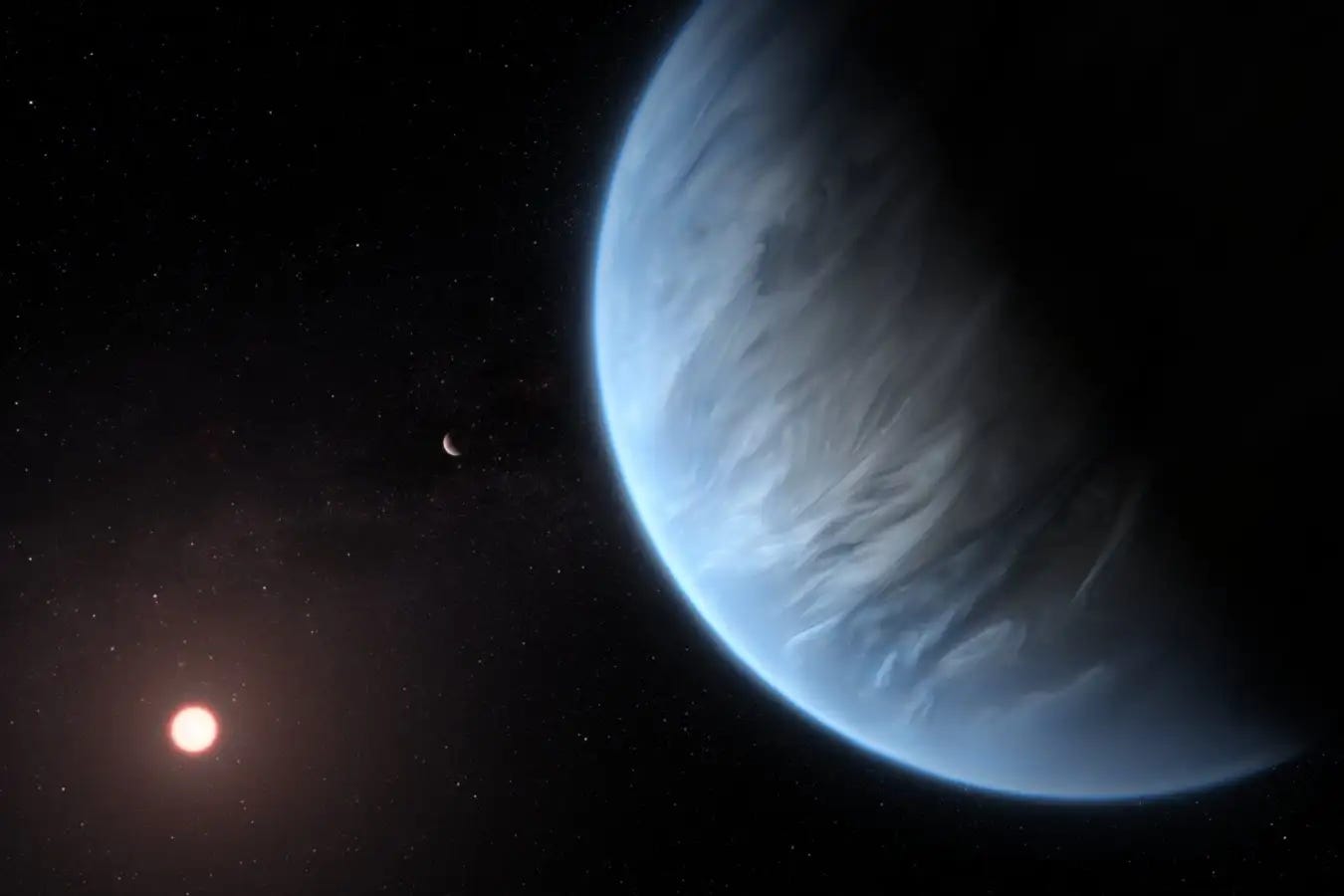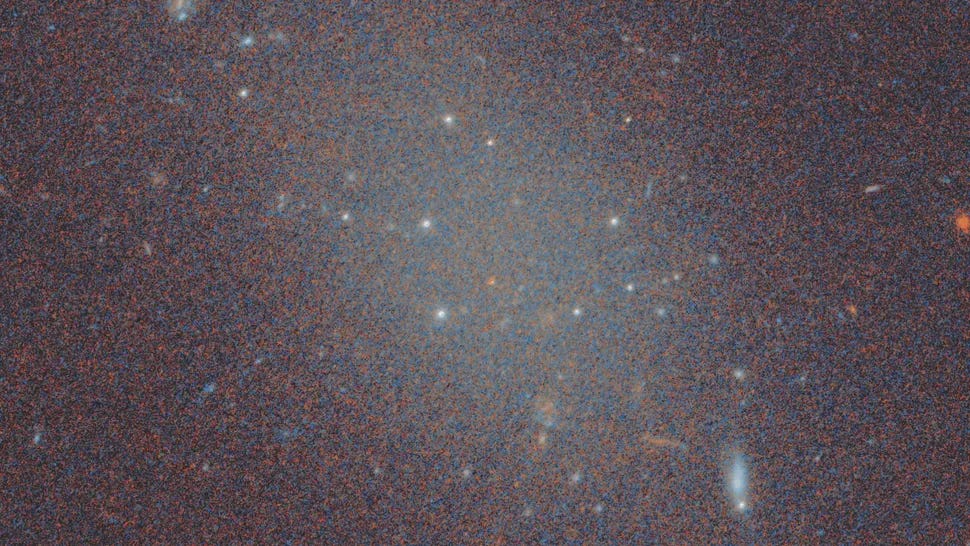Weekly - Scientists find strongest hints of life outside the solar system and more
🟤 Weekly Space News - Quick and Easy.
Our Engagement Palette!
Check out our colour-coded system for our weekly space news:
🟤 Brown: For weeks that are mundane and bland.
🟡 Yellow: For fairly interesting weeks.
🟢 Green: For the most exciting weeks.
This Palette will help you decide if this week’s news is worth your time!
This week ranks brown 🟤 on the Engagement Palette.
Scientists find strongest hints of life outside the solar system
Last week, scientists using the James Webb telescope found the strongest hints of life so far on an exoplanet named K2-18b. The telescope found that the planet’s atmosphere contains dimethyl sulfide (DMS) and/or dimethyl disulfide (DMDS), which on Earth is only produced by microbial life like marine phytoplankton. The planet is about 8 times larger than Earth and is in the habitable zone of its star. While this discovery does not confirm the existence of life, it is the highest probability so far.
Scientists find another galaxy without dark matter
If a galaxy has a small mass, the speed of the stars in it should also be slow. This is not the case, however, in most galaxies where the speed of the stars is far greater than the mass of the galaxy. Scientists believe this is due to the presence of an invisible matter called dark matter. We can’t see it, but we assume it is there. Last week, scientists discovered that the speed of the stars in a far-off galaxy named FCC 224 was actually the same as the galaxy’s visible mass, meaning the galaxy was missing dark matter. Other such galaxies are also being discovered lately, but no one knows how they form.



